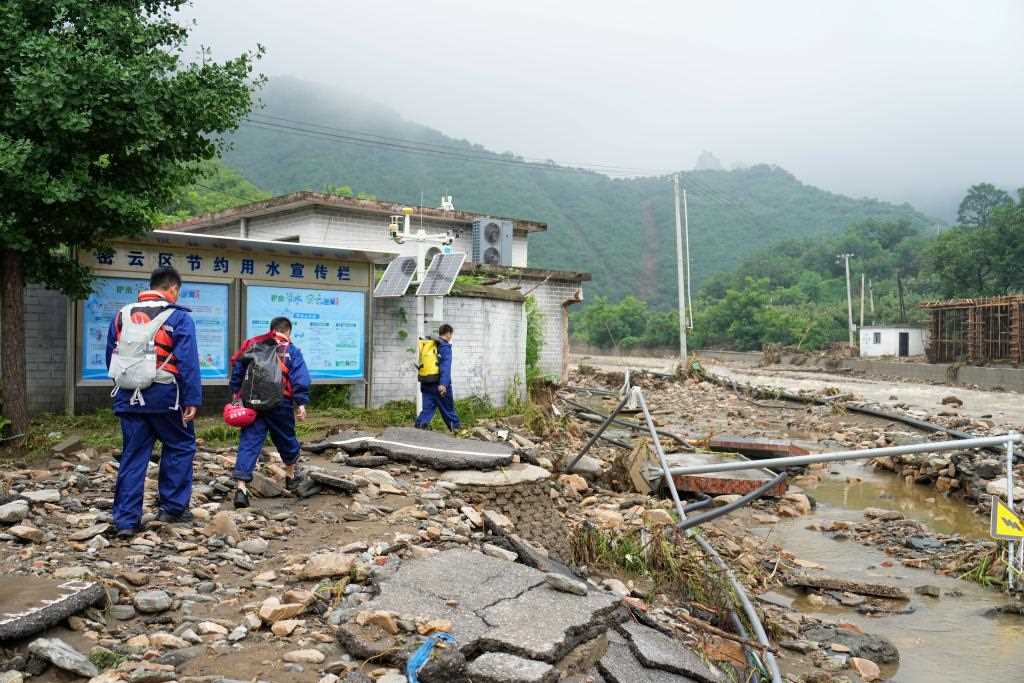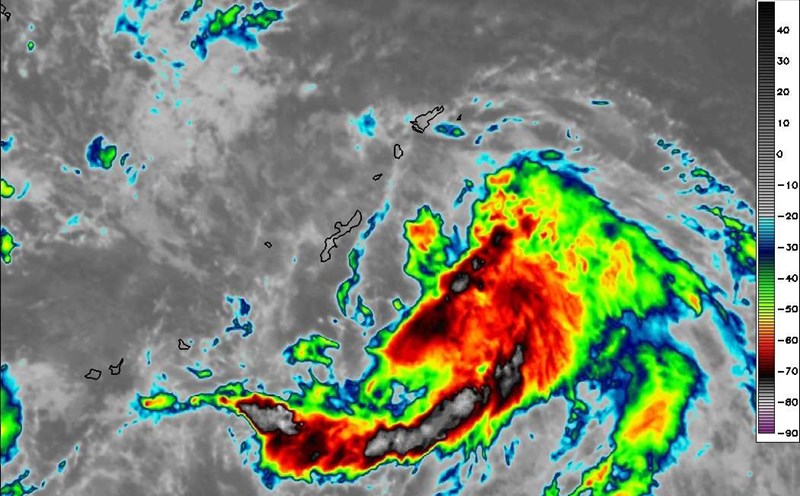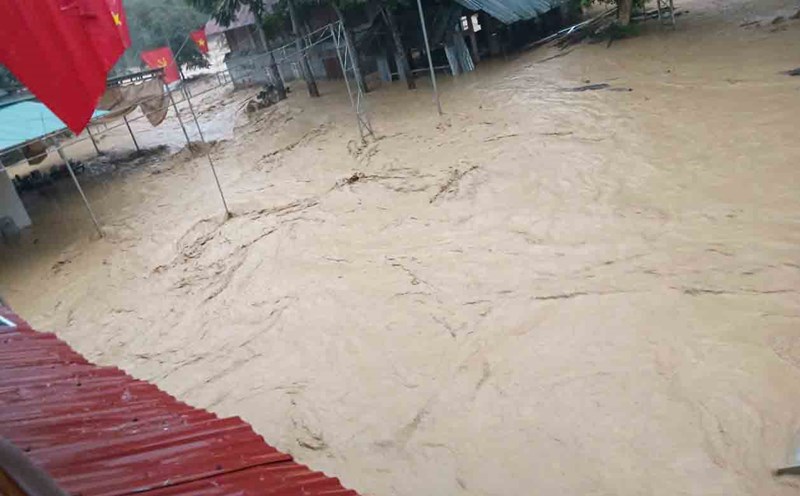Xinhua News Agency reported that as of the morning of July 29, at least 30 people have died due to floods, of which Mat Van district alone accounted for 28 victims, the remaining 2 in Dien Khanh.
The Beijing Meteorological Department lowered the warning from red to yellow on July 29, but maintained a forecast of heavy to very heavy rain lasting until 8:00 p.m. the same day.
From the start of the new rains until midnight on July 28, the average rainfall across the city reached 165.9mm. At some points such as Lang Phuong Nguc and Chu Gia Nguc (mat Van), the rainfall reached 543.4mm. The peak in 1 hour in Dong Ngu area, Hoai Nhu district is 95.3mm.
As a result, nearly 81,000 people have been evacuated, the most of whom are in three mountainous areas including Mat Van (16,934 people), Hoai Nhu (10,464 people) and Phong Son (9,904 people).
The flood has destroyed 31 roads, leaving 16 sections unable to be restored. 136 villages had power outages, 62 fiber optic cables were broken and more than 1,800 broadcasting stations were paralyzed.

Due to prolonged heavy rain from July 23, the water flow to Mat Van reservoir skyrocketed. As of 6:00 a.m. on July 29, the total flood discharge from the lake had reached 120 million m3, at a speed of 1,120 m3/s.
In the face of the serious situation, the National Development and Reform Commission of China has immediately allocated 200 million yuan (nearly $28 million) from the central budget to support Beijing in overcoming the consequences of natural disasters, focusing on restoring essential infrastructure such as transportation, irrigation, and healthcare at Mat Van and Hoai Nhu hotspots.
General Secretary and President of China Xi Jinping has directed all efforts to search for missing people, evacuate people in dangerous areas, and minimize casualties. He emphasized the need for localities to prepare for the worst case scenario and extreme scenarios, strengthen supervision and emergency response.
Prime Minister Li Qiang also requested that "no one should be left in the danger zone" and increased inspection of the dike, river and reservoir system. Beijing activated the highest emergency response on the evening of July 28, allowing direct school days off, recommending businesses to work remotely and deploying all rescue forces with special equipment such as drones, amphibians and mobile charging stations.
While Beijing struggled to cope, heavy rains are also causing heavy damage in provinces such as Hebei, Ke Lin and Shandong. The National Disaster Reduction Committee has sent teams to hot spots to assess damage and support rescue.
China is entering the peak of the rainy season, with a high risk of flash floods, landslides and urban flooding.












